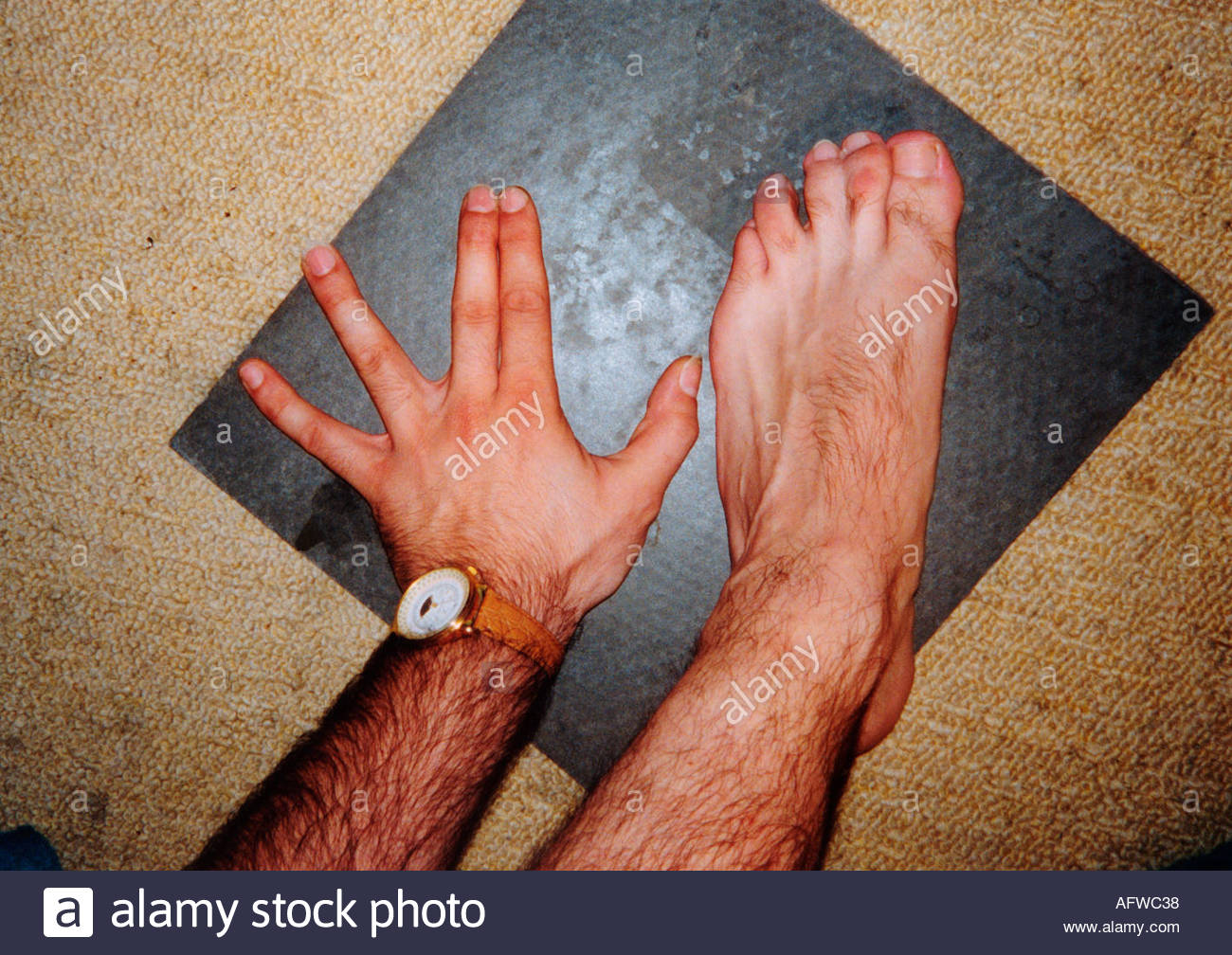
Most patients have a completely restored appearance and function after syndactyly surgery. Surgery is the only treatment, and more than one surgery may be necessary to completely correct the deformity. This separation usually occurs during the sixth and eighth weeks of development of an embryo. Syndactyly is a failure of differentiation, in which the fingers fail to separate into individual digits. Syndactyly can be classified as simple when it involves soft tissues only, and classified as complex when it involves the bone or nail of adjacent fingers. At six to eight weeks, however, something called apoptosis takes place, and an enzyme dissolves the tissue between the digits, causing the webbing to disappear. Interestingly, during early fetal development, all our toes and fingers are webbed together. In humans, Syndactyly is the most common congenital malformation of the limbs, and is considered unusual, occurring in approximately one in 2,000 to 3000 live births. The root words of the term syndactyly are derived from the Greek words syn-, meaning together, and -dactyly, meaning the arrangement of fingers or digits. Boys and Caucasians are more likely to be affected. About half of those cases affect both the hands and the feet. What is syndactyly?Īffecting roughly one in every 3,000 newborns, syndactyly is a condition present at birth in which the digits (fingers or toes) are webbed or joined. This is not a lifelong condition, however, and many successful corrective surgeries have been performed for treating syndactyly.
#WEBBED FEET HUMAN SKIN#
Sometimes it is just the skin that is joined together, and in more severe cases the bones themselves are fused. In other words, a person has “webbed” or joined fingers or toes, meaning the fusion of one or more digits on the hands or feet. Contact us today to find out more on 01277 216870.Sometimes children are born with a rare condition called syndactyly, where all fingers and toes are not individually formed. If you require advice on specialist foot care, Louisa Seymour Podiatry have the expertise and experience to ensure you receive the best advice and treatment. The infant must have regular outpatient check-ups while they grow to ensure the toes and feet are not encountering further issues. The healing process can take several months. If syndactyly affects more than three toes on a foot, multiple operations will be required to reduce the risk of losing blood supply.Īfter the procedure, the foot will be bandaged or set in a cast to allow the toes time to heal. It may be necessary for a skin graft to make sure each toe is fully covered. The surgeon will separate the fused toes. Therefore, the surgery is usually performed when the child is between 12-18 months old. Operating when the child is very young reduces the risk of further foot problems. There will be several ultrasounds and x-rays to determine the foot and toe structure and check bone and cartilage positioning. Webbed toes will usually be treated when the child is still very young. Genetic conditions can play a part, but usually, there are no real reasons or causes for this condition. Webbed toes result from the development of the toes and feet when the baby is in the womb. Simple syndactyly – A bridge of skin causes the toe webbing.Ĭomplex syndactyly – The toes are joined by cartilage or bone.Ĭomplicated syndactyly – The toes suffer significant abnormalities.Īll three variations of the condition can cause issues with development, flexibility and mobility if left untreated. It is most common to see syndactyly between the 2 nd and 3 rd toes.

This creates an unusual webbed toe appearance which can impair mobility. The toes may be totally fused together or just partially fused. Syndactyly of the foot, otherwise known as webbed toes, is a condition in which a child is born with two or more toes that are not entirely separated.


 0 kommentar(er)
0 kommentar(er)
